Let’s start with a quote from Le Corbusier: “Architecture is the skilful, rigorous and magnificent play of volumes under light”.
And of course it’s good.
For a photographer who has shot so many interiors, houses, architecture, what is light?
It is what gives form. As Le Corbusier says. In the case of lamps, there is an overlap: you have two (or more) lights that give form. There is that of the lamp and that of the photograph. This is the most interesting and complicated thing when you photograph a lamp, because it can be a form but also a source of light, it can be a subject but also a point of view.
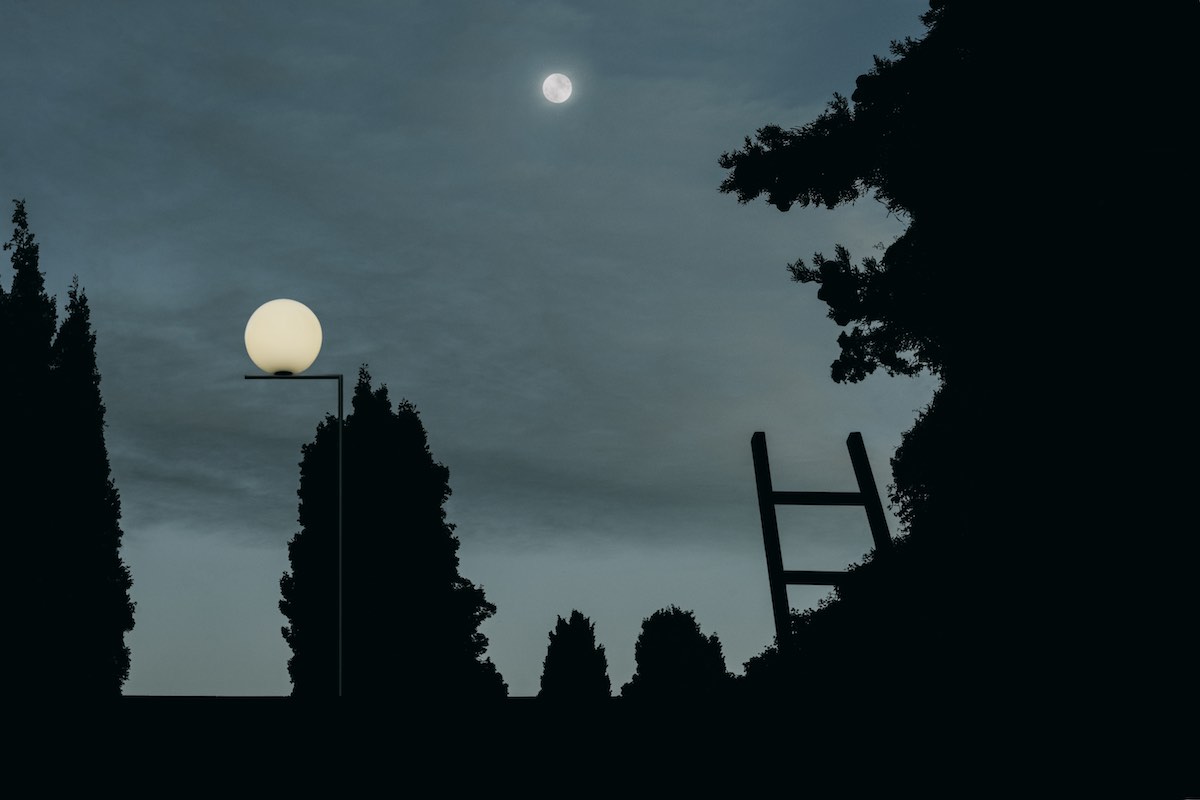
Tell me why you find this interesting.
It is this combination, this overlapping between two sources of light – but one is also a subject. Which can be used as a means to shape space. The challenge is to find a balance between the two. That is what keeps me interested in photography.
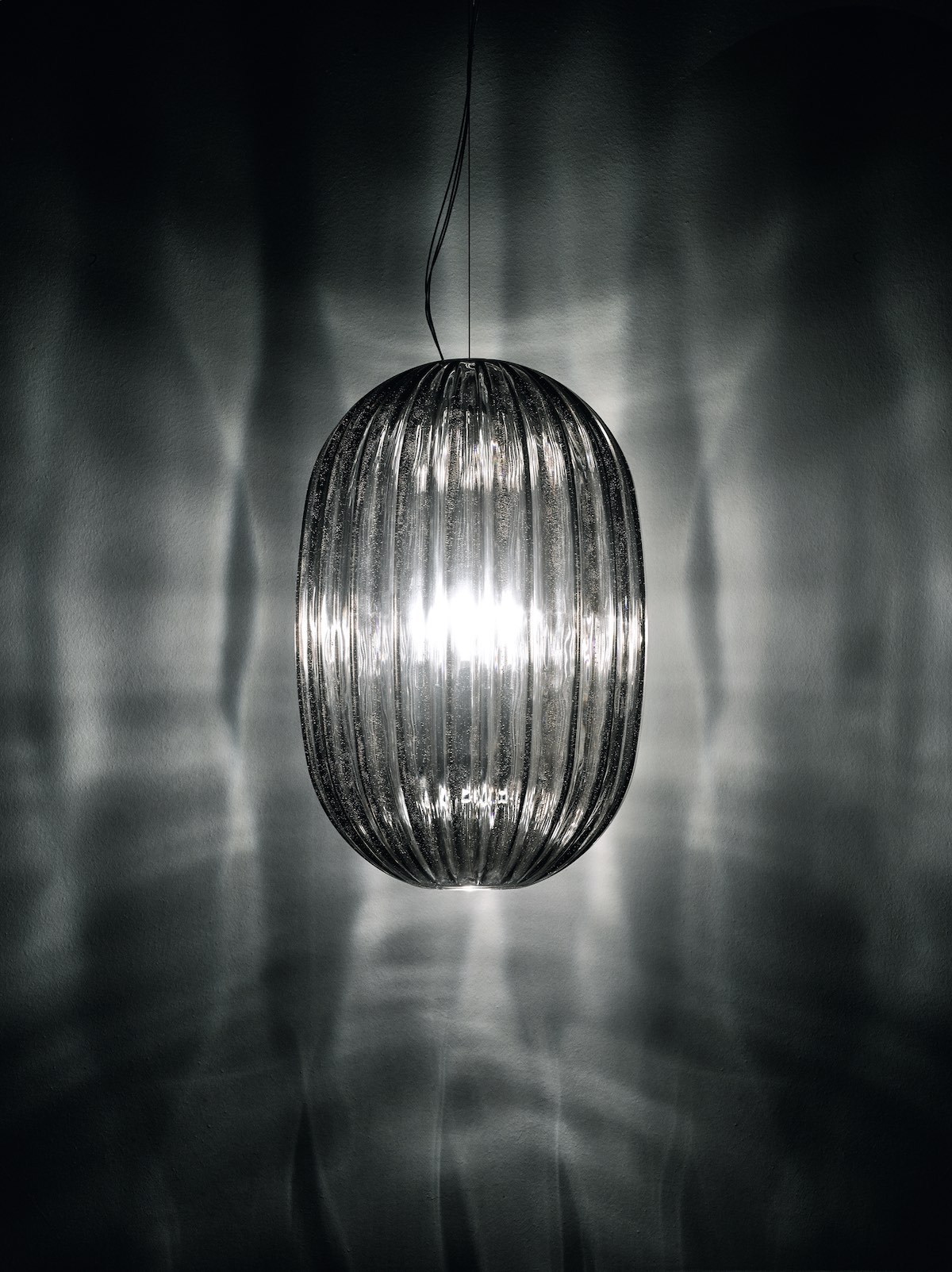
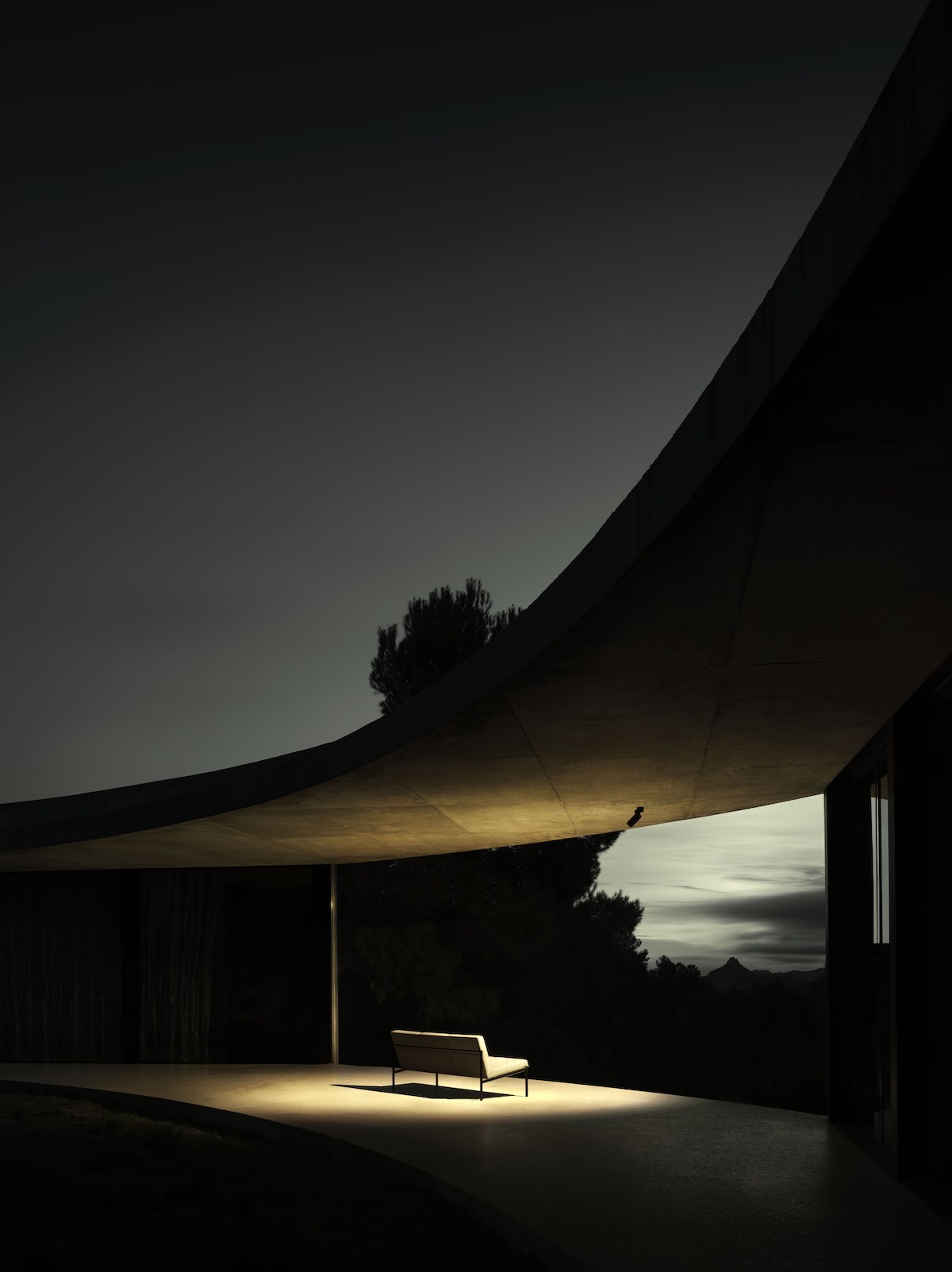
How does artificial lighting change the volumes of architecture?
I don’t really see a difference. It is still light. In the way it is constructed, an interesting aspect that I think is much less addressed today than in the past. When I started working with Flos, Piero Gandini would take a whole afternoon to explain to me how the light of his lamps was designed. Now there is a much more aesthetic approach, focused on the object. Especially for interiors. In architectural lighting or outdoors it is different, because there it is the light that the luminaires create that is important.
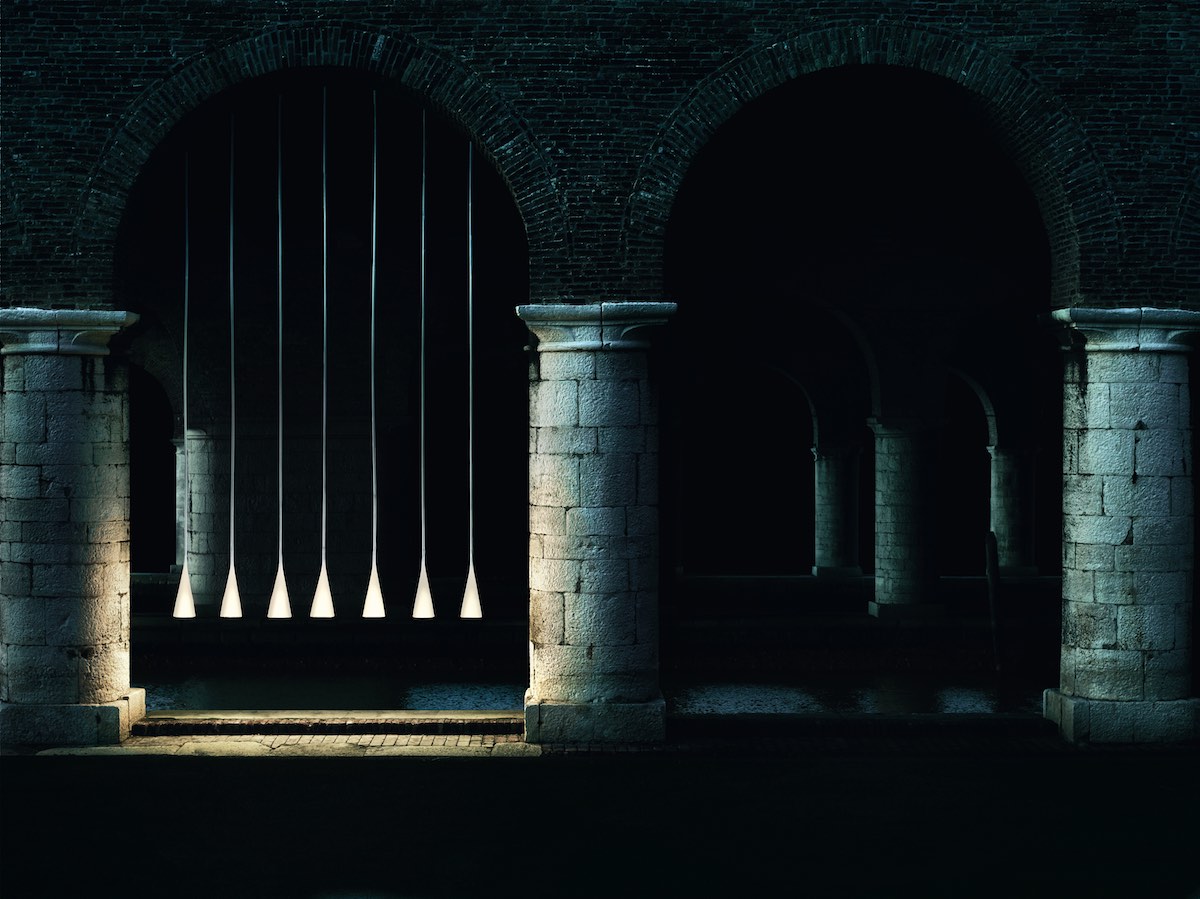
On the subject of how light is made: LEDs are used a lot these days, and lamps are getting smaller and smaller. Which type of light source do you prefer?
That is another question. In my opinion, LED light is often of very poor quality, it is a different wave than other more natural light waves, such as fire or light bulbs. It is a ‘shorter’ light, it stops earlier. They do everything they can to make it look like incandescent light, using lenses and things like that, to make it more natural. But they don’t succeed. If you have so much of it around you, it can make you sick.
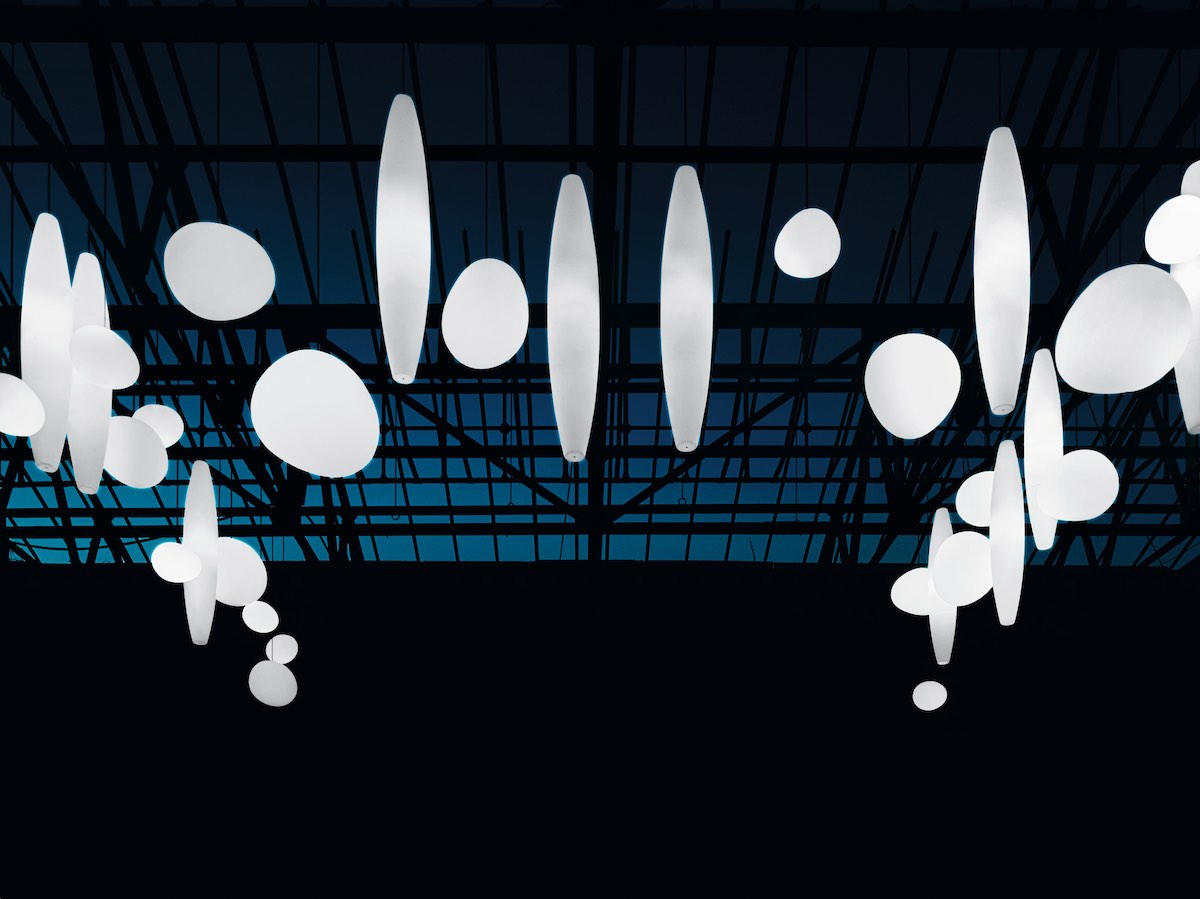
As a photographer who has photographed many lamps, is there one that has particularly impressed you?
In terms of beauty, all those by Castiglioni. Because I still see a design dedicated to the use of the light source. Then I was amazed by the latest Spine by Van Duysen, because it manages to create different lamps with the same tool, designed to create different qualities of light. And all the great classics that are getting better and better. I really like this kind of light. If I had to buy a new lamp now, I wouldn’t know what to choose. Then there are all the adventures I’ve had with lamps: the ones I dropped in a storm, the time on a rainy day when 15 of us were electrocuted… Electric moments. And then there are the unforgettable places where the lamps interacted perfectly with the space. Starck’s house in Formentera and the Bourse de Commerce in Paris, lit by the Bouroullec brothers, again with Flos.
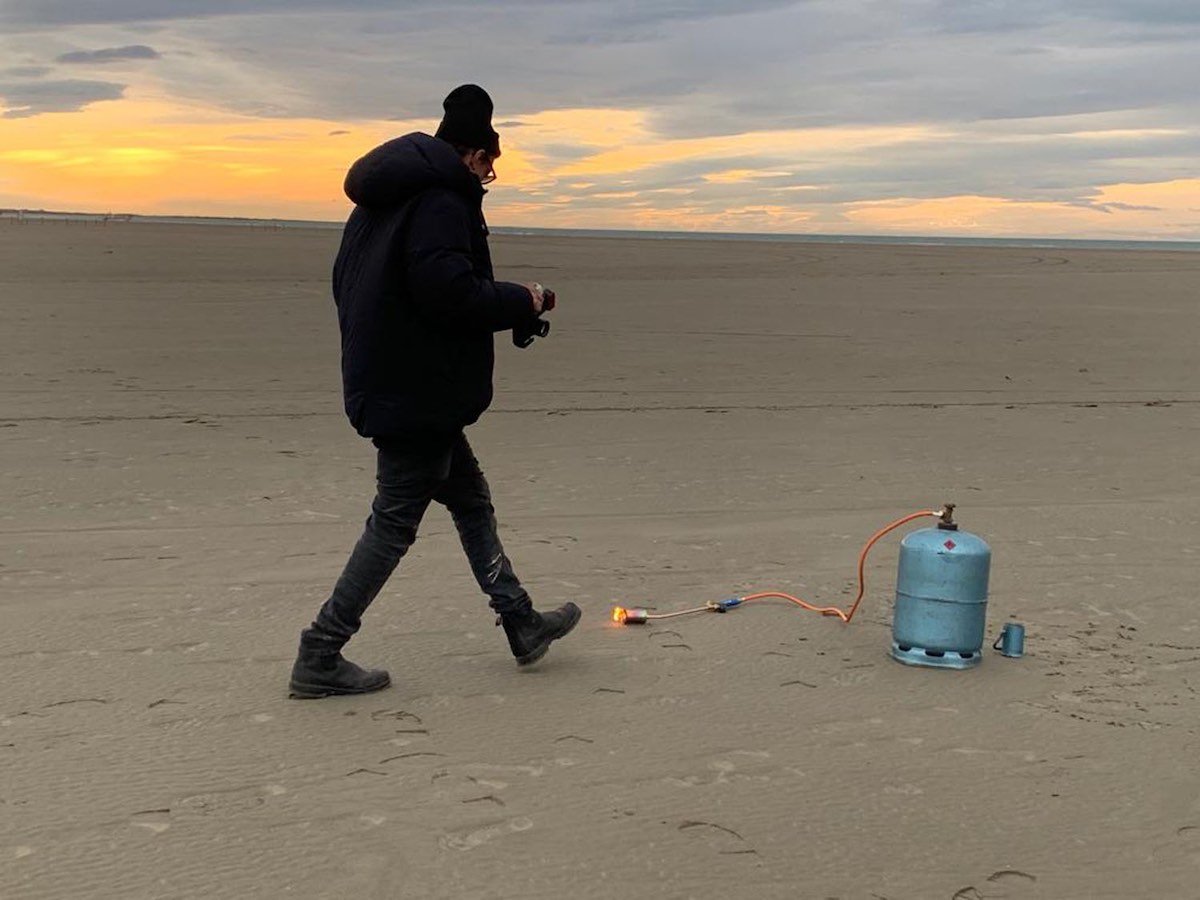
What does photographing a lamp mean to you?
Photographing a lamp is like taking a photograph in a mirror. The light becomes dominant, it imposes itself. You’re dealing with a tiger, an animal you don’t know, you don’t know how it behaves. Fascinating.







